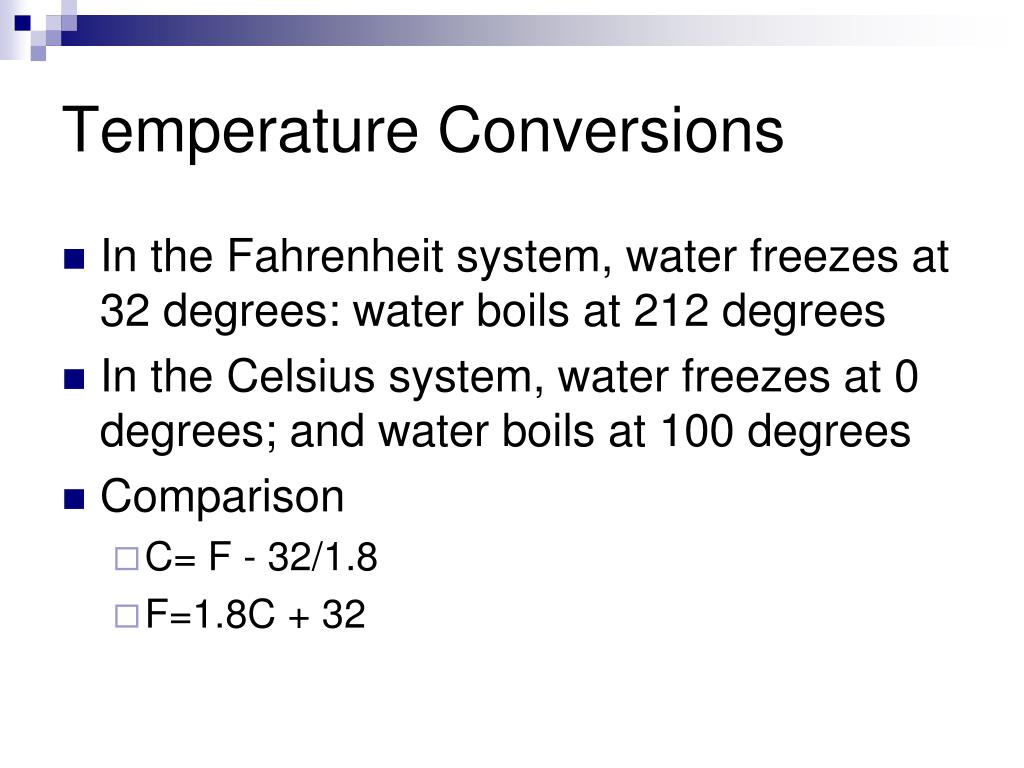

In 1960, the 11th General Conference on Weights and Measures adopted the "absolute" watt into the International System of Units (SI) as the unit of power.

Texts written before 1948 are likely to be using the "international" watt, which implies caution when comparing numerical values from this period with the post-1948 watt. In this new definition, 1 "absolute" watt = 1.00019 "international" watts. Concretely, this meant that 1 watt was now defined as the quantity of energy transferred in a unit of time, namely 1 J/s. After the 9th General Conference on Weights and Measures in 1948, the "international" watt was redefined from practical units to absolute units (i.e., using only length, mass, and time). The "international units" were dominant from 1909 until 1948. (Also used: 1 A 2 × 1 Ω.) The watt was defined as equal to 10 7 units of power in the "practical system" of units. Siemens' definition was adopted as the "international" watt. In October 1908, at the International Conference on Electric Units and Standards in London, so-called "international" definitions were established for practical electrical units. Siemens defined the unit consistently within the then-existing system of practical units as "the power conveyed by a current of an Ampère through the difference of potential of a Volt". Noting that units in the practical system of units were named after leading physicists, Siemens proposed that watt might be an appropriate name for a unit of power. William Siemens in August 1882 in his President's Address to the Fifty-Second Congress of the British Association for the Advancement of Science. The unit name was proposed initially by C. The watt is named after the Scottish inventor James Watt. A labourer over the course of an eight-hour day can sustain an average output of about 75 watts higher power levels can be achieved for short intervals and by athletes.Mass times acceleration due to gravity times height divided by the time it takes to lift the object to the given height gives the rate of doing work or power.



 0 kommentar(er)
0 kommentar(er)
